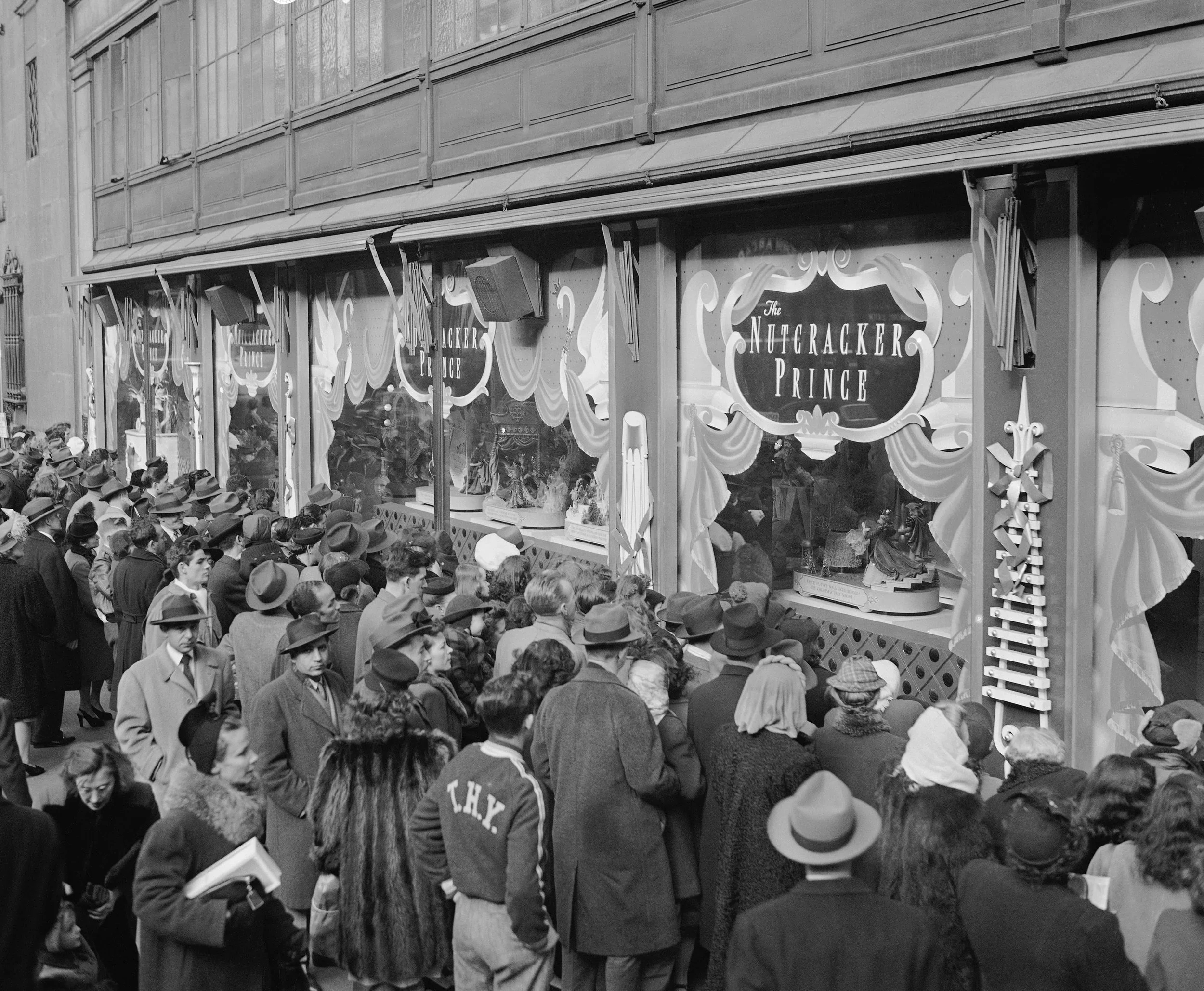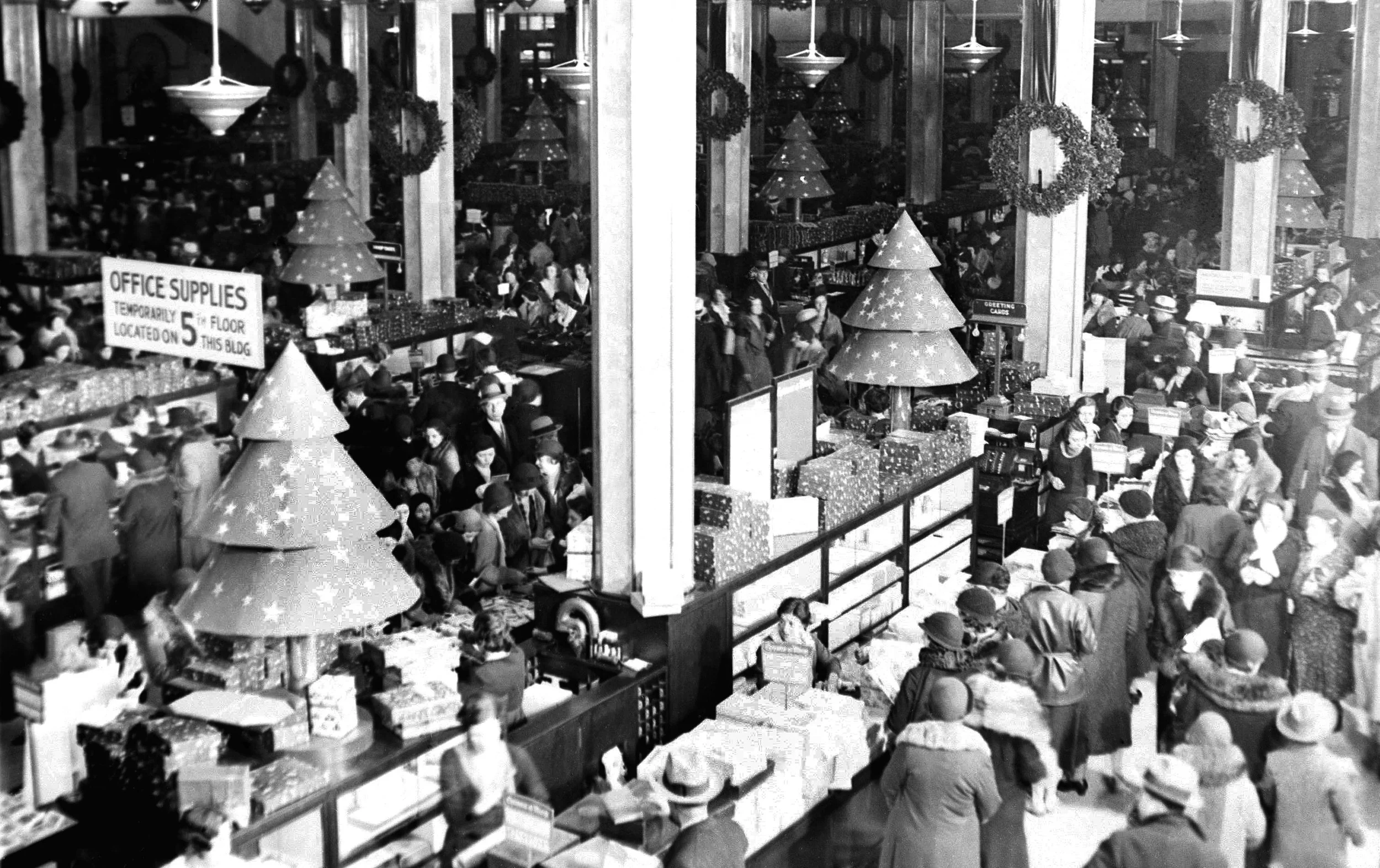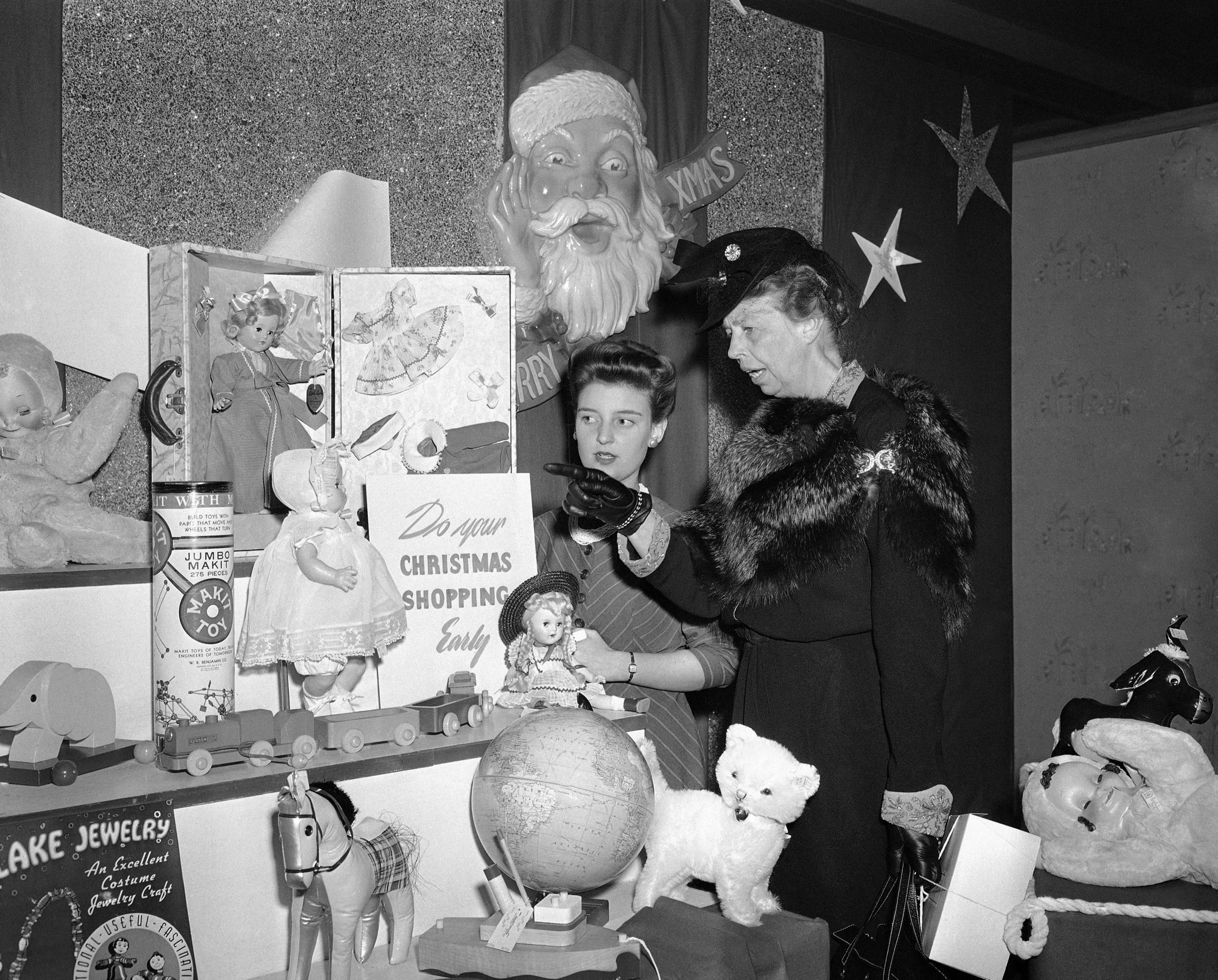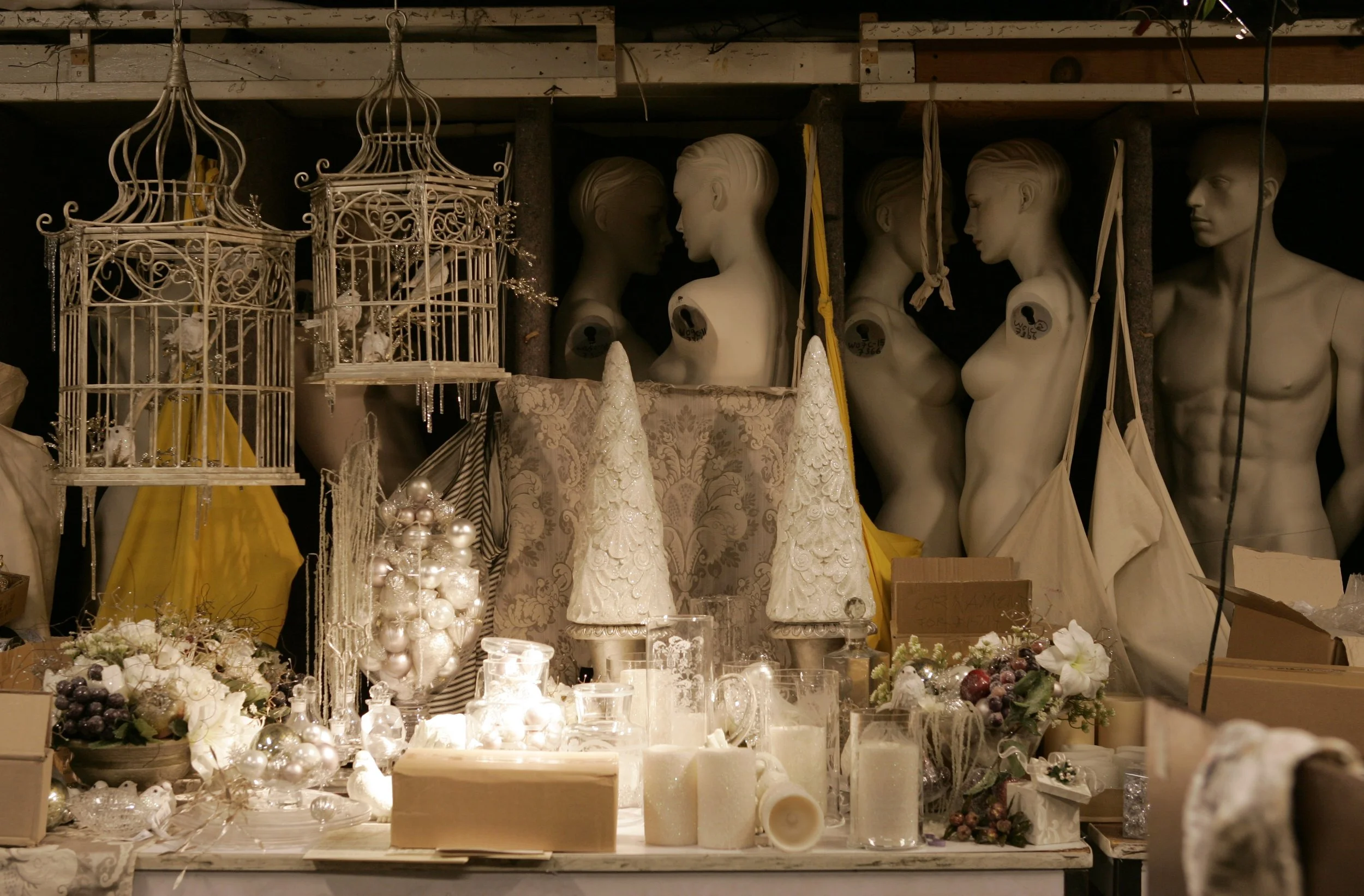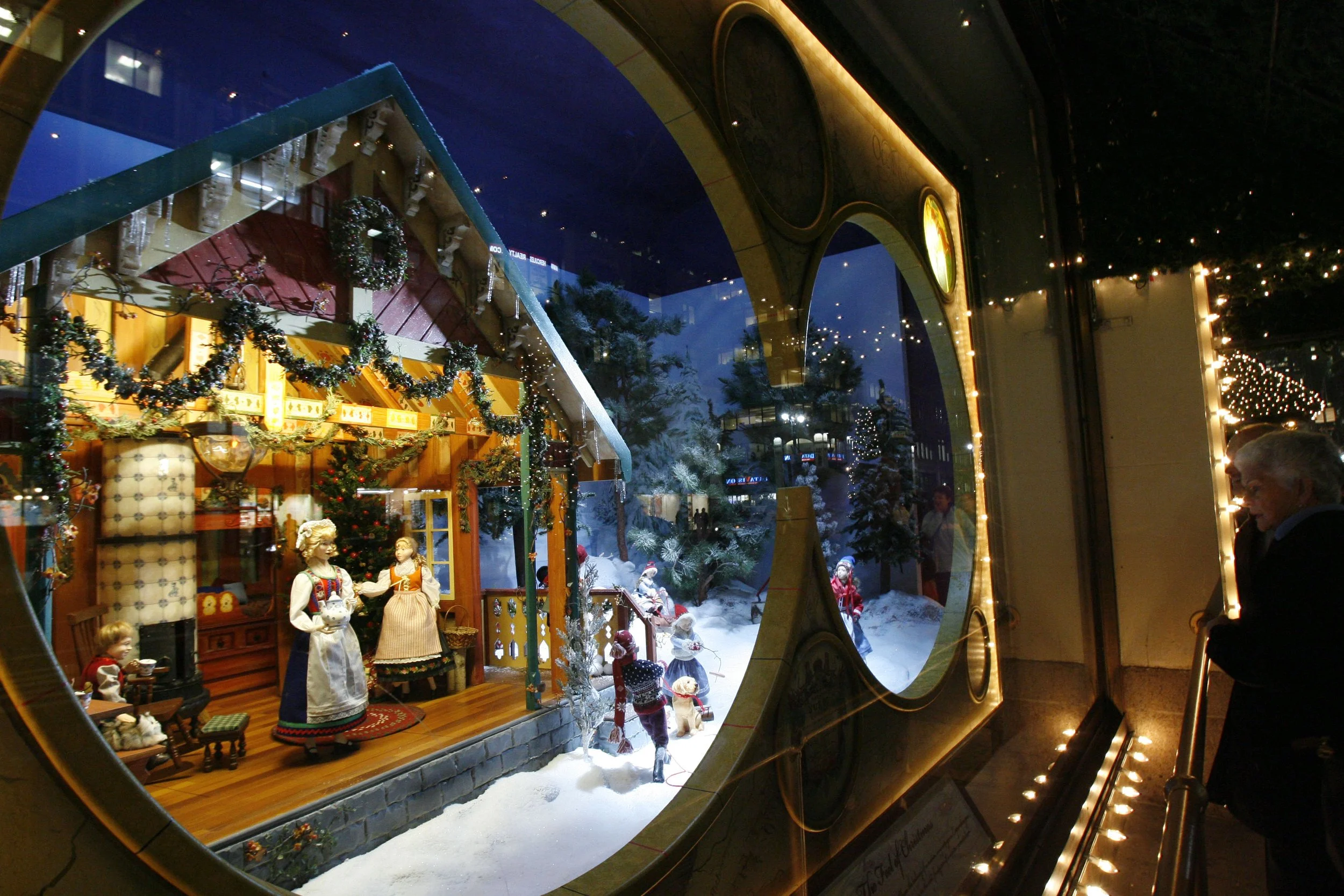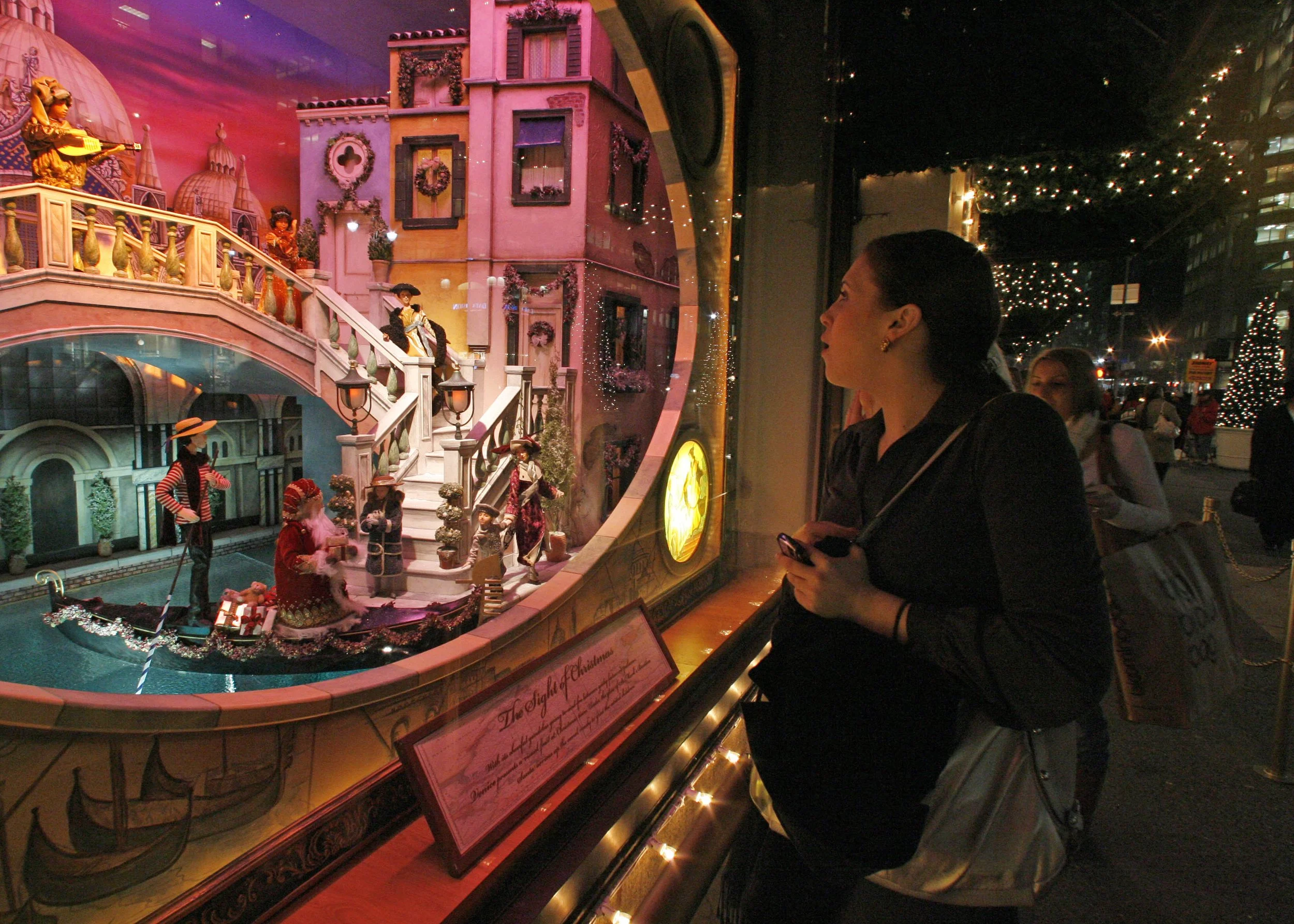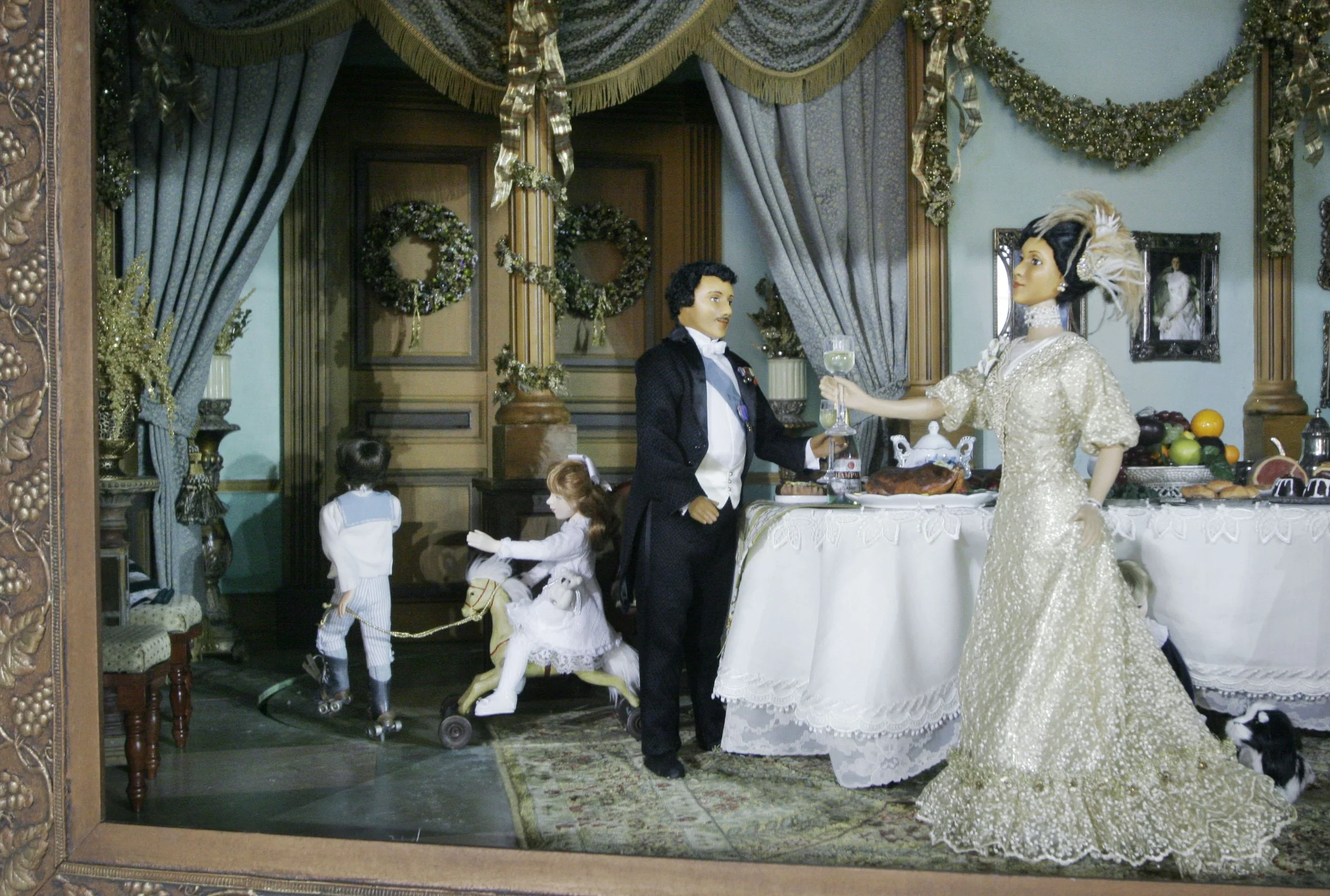Grand Illumination: New York shop windows of Christmas past
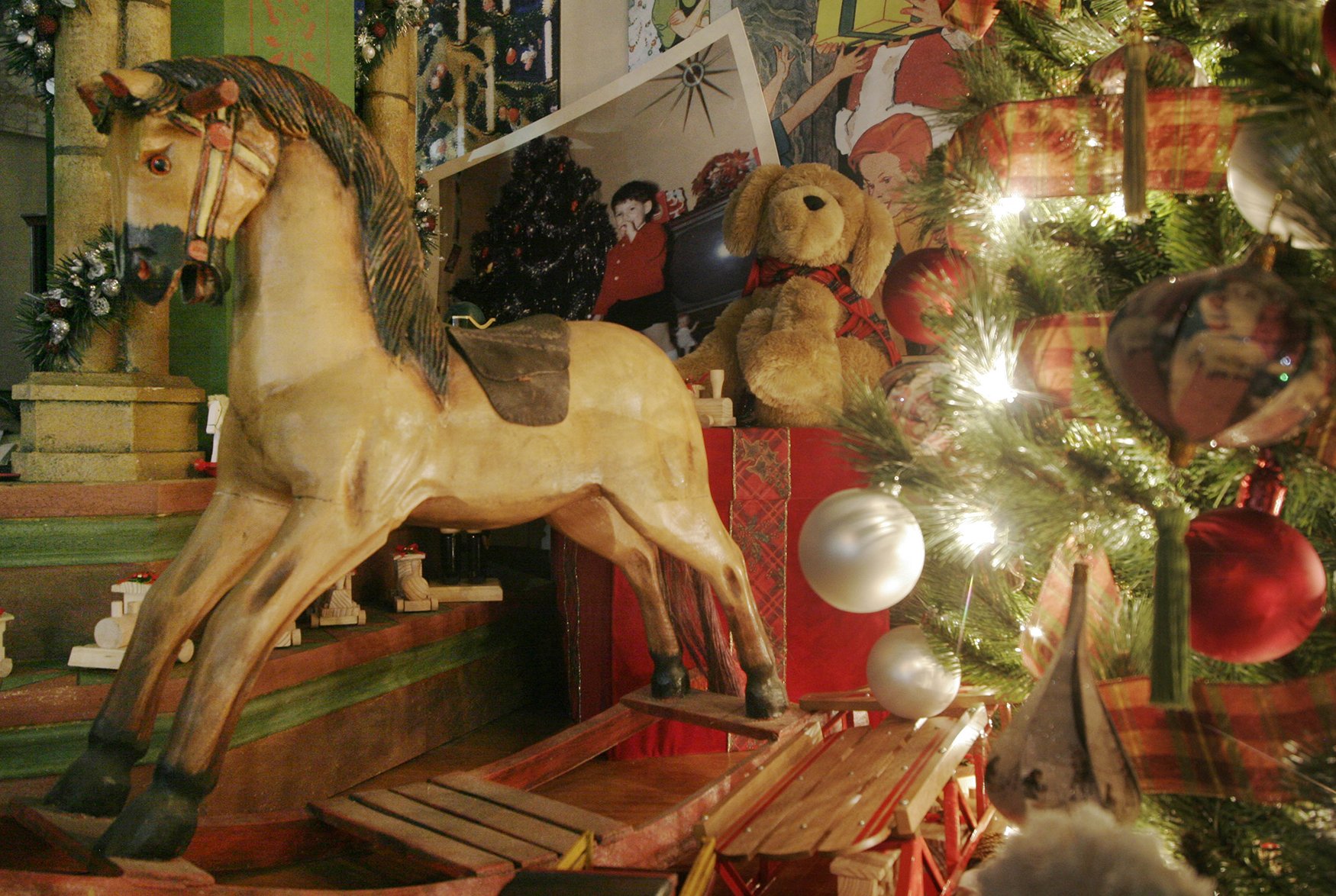
The fine art of dressing shop windows at Christmastime grew up with the department store itself. In New York, R. H. Macy Dry Goods, located at the southeast corner of 14th Street and Sixth Avenue, installed its first “grand illumination” in December 1874.
During the 1888 holiday season, a correspondent from the St. Louis Republic newspaper recommended the views from the stairway of the Sixth Avenue El (Elevated) platform. “The show in the windows is well worth seeing, and surpasses anything of the kind heretofore attempted, even by Macy’s. It is in the form of a panorama of tableaux, representing scenes in the fairy tales so dear to the childish heart. The people who got it up call it “The Doll’s Casino,” but all New York calls it “Macy’s tableaux....”
The New York Herald, Dec. 8, 1874. Advertisement for Macy’s first “grand illumination,” at its Sixth Avenue and 14th Street store. (GenealogyBank Historic Newspapers)
When Macy’s moved to Broadway and 34th St. in 1902, it occupied a handsome brick and limestone building with plate glass windows on either side of its imposing main entrance and along Broadway. To fill them, professional window dressers or “trimmers” were assisted by gifted visual artists seeking day jobs. At various times between 1939 and 1979, Salvador Dali, Jasper Johns, Robert Rauschenberg, and Andy Warhol designed windows for Bonwit Teller, where Trump Tower now stands.
As department stores moved from their Ladies Mile and Broadway locations to the midtown district, stores competed to draw the biggest holiday crowds. Lord & Taylor, founded in 1826, arrived on Fifth Avenue in 1903. Its Christmas windows were legendary, rivalling any in the city for their extravagant charm.
While Sak’s and Bergdorf’s remain in New York, other stores have long since closed and taken their windows with them--notably Arnold Constable, Alexander’s, Abraham Strauss, Gimbels, Bonwit Teller, B. Altman, Lord & Taylor, Bendel’s, and Barneys. Their December magic is missed even now. We feature some of the most memorable windows here.
Christmas Eve shoppers gather in front of the R. H. Macy & Co. windows along 34th Street in New York, admiring scenes from The Nutcracker ballet, Dec. 24, 1946. (AP Photo/Carl Nesensohn)
The ground floor of Macy’s department store, located at Broadway and West 34th St., in New York, decorated for the holiday and filled with shoppers, Dec. 11, 1931. (AP Photo)
Christmas shoppers gaze at Macy’s Christmas windows on W. 34th St., in New York, NY, in December of 1967. (AP Photo)
A holiday window at Macy's is seen in New York, Monday, Nov. 24, 2008. The theme of this display at the Herald Square flagship, which bills itself as the world's largest store and is celebrating its 150th anniversary, is the making of Christmas magic. (AP Photo/Seth Wenig)
A Santa Claus figurine is part of a holiday window display at Macy's, Thursday, Nov. 21, 2013 in New York. Forget window shopping, some of Manhattan’s biggest and most storied retailers say their elaborate seasonal window displays are a gift to passers-by. Re-imagining every major holiday covered in a slick coating of ice, recreating cozy Christmas-morning scenes and paying homage to a local legend can be an annual labor of love. (AP Photo/Mark Lennihan)
Mrs. Eleanor Roosevelt makes a Christmas purchase at the Arnold Constable & Co. department store at the corner of Fifth Avenue and 19th Street in New York, Oct. 19, 1943. She officially opened the 1943 “Do Your Christmas Shopping Early” campaign. (AP Photo/Murray Becker)
A rocking horse and toys are displayed with a Christmas tree in a holiday window at Lord & Taylor's flagship store at 424-434 Fifth Avenue in New York Wednesday, Nov. 15, 2006. Manhattan's store windows are once again being transformed into winter wonderlands aimed to put shoppers in the mood to spend. Over the next week, stores across the city, from Lord & Taylor to the famed Macy's, will unveil their lavish takes on the holiday season, ranging from fantasy worlds of snow, ice and animals to traditional Victorian Christmas scenes and a display dedicated to the pop artist Andy Warhol, who once dressed windows for Bonwit Teller. (AP Photo/Mark Lennihan)
Mannequins and materials for Christmas window displays sit at the ready in the basement workshop at Lord & Taylor department store in New York, Thursday, Nov. 8, 2007. (AP Photo/Kathy Willens)
Pedestrians peer into Lord & Taylor's holiday window display at the retailer's flagship store in New York, in this Wednesday, Nov. 14, 2007 file photo. The elaborate turn-of-the-century displays are prepared beneath Fifth Avenue in the store's basement and then raised into position by a unique hydraulic lift system. (AP Photo/Kathy Willens)
A woman pauses to view the elaborate holiday window display at Lord & Taylor's flagship store on Fifth Avenue in New York, in this Wednesday, Nov. 14, 2007 file photo. This window display features Santa Claus delivering gifts by gondola in Venice. (AP Photo/Kathy Willens)
Lord & Taylor’s New York flagship holiday windows feature elaborate turn-of-the-century interiors, Nov. 14, 2007. (AP Photo/Kathy Willens)
Peace on Earth is the holiday message in Henri Bendel's department store windows as a pedestrian makes his way past, Nov. 20, 2001, in New York. The Bendel’s store, founded in 1895 by Henri Bendel, had occupied the Coty Building, at 714 Fifth Avenue, since 1985. The third through fifth stories comprise a wall of glass, designed by Rene Lalique. Bendel’s closed in 2018. (AP Photo/Beth A. Keiser)
A shopper inspects the Barneys New York holiday window featuring the artwork of Risco on New York's Madison Ave., Tuesday, Dec. 14, 2004. Barneys, which began as a men’s discount clothing store in lower Manhattan in 1923, operated stores throughout the United States until 2020. The store was always synonymous with couture and cutting-edge fashion of the highest quality. (AP Photo)
This Nov. 20, 2013 photo shows live models in a Christmas window at Barneys New York called "Sleigh Ride." The window is one of four holiday windows promoting a charitable collaboration between Barneys and Shawn "Jay-Z" Carter. (AP Photo/Bebeto Matthews)
Text and photo curation by Valerie Komor


